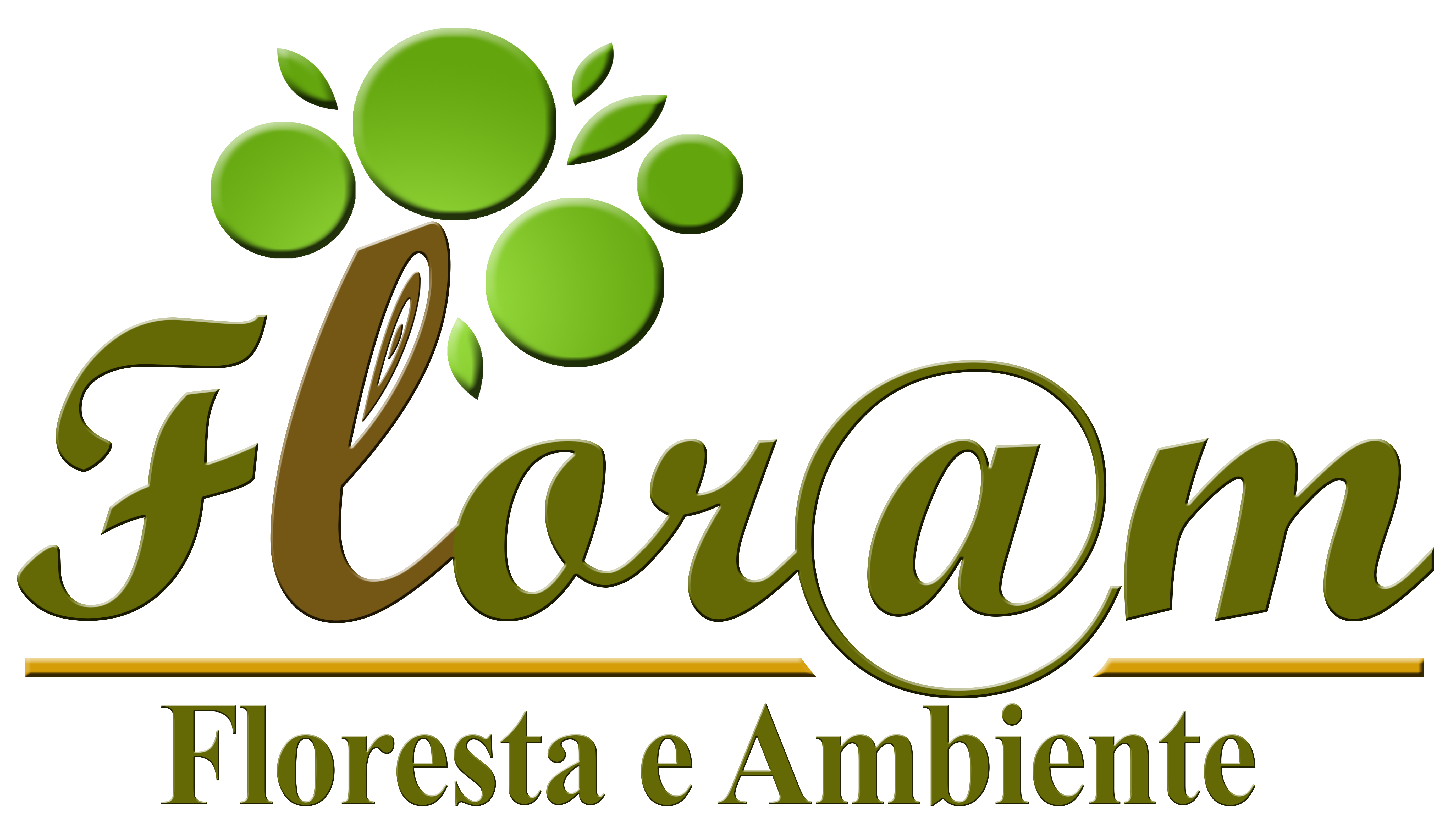Does Crop-Livestock-Forest Systems Contribute to Soil Quality in Brazilian Savannas?
Leciana Menezes Souza Zago; Werther Pereira Ramalho; Samantha Caramori
Abstract
Keywords
References
Allison SD, Vitousek PM. Responses of extracellular enzymes to simple and complex nutrient inputs.
Assis PCR, Stone LF, Medeiros JC, Madari BE, Oliveira JM, Wruck FJ. Physical attributes of soil in integrated crop-livestock-forest systems.
Baldrian P, Valáskova V, Merhautová V, Gabriel J. Degradation of lignocellulose by Pleurotus ostreatus in the presence of copper, manganese lead and zinc.
Borowik A, Wyszkowska J. Soil moisture as a factor affecting the microbiological and biochemical activity of soil.
Burns RG, DeForest JL, Marxsen J, Sinsabaugh RL, Stromberger ME, Wallenstein MD et al. Soil enzymes in changing environment: current knowledge and future directions.
Empresa Brasileira de Pesquisa Agropecuária – Embrapa.
Empresa Brasileira de Pesquisa Agropecuária – Embrapa.
Ferreira AS, Camargo FAO, Vidor C. Utilização de micro-ondas na avaliação da biomassa microbiana do solo.
Iwata BF, Leite LFC, Araújo ASF, Nunes LAPL, Gehring C, Campos LP. Agroforestry systems and its effects on chemical attributes of an Ultisol in the ‘Cerrado’ of Piaui state, Brazil.
Klink CA, Machado RB. Conservation of the Brazilian Cerrado.
Lemaire G, Franzluebbers A, Carvalho PCF, Dedieu B. Integrated crop-livestock systems: Strategies to achieve synergy between agricultural production and environmental quality.
Marklein AR, Houlton BZ. Nitrogen inputs accelerate phosphorus cycling rates across a wide variety of terrestrial ecosystems.
Martins JR, Fernandes LA, Oliveira ALG, Sampaio RA, Frazão LA. Soil microbial attributes under agroforestry systems in the cerrado of Minas Gerais.
Mukherjee A, Zimmerman AR. Organic carbon and nutrient release from a range of laboratory-produced biochars and biochar–soil mixtures.
Myers N, Mittermeier RA, Mittermeier CG, Fonseca GA, Kent J. Biodiversity hotspots for conservation priorities.
Nahas E. Control of acid phosphatases expression from aspergillus niger by soil characteristics.
Neal AL, Rossmann M, Brearley C, Akkari E, Guyomar C, Clark IM et al. Land-use influences phosphatase gene microdiversity in soils.
Ozório RML, Azevedo DB. Experts’ perceptions to climate changes: agriculture-stock-raising-forest integration as sustainable alternative for the production of food, fibers and energy in agribusiness.
R Core Team.
Reed HE, Blair JM, Wall DH, Seastedt TR. Impacts of management legacies on litter decomposition in response to reduced precipitation in a tallgrass prairie.
Schmidt R, Gravuer K, Bossange AV, Mitchell J, Scow K. Long-term use of cover crops and no-till shift soil microbial community life strategies in agricultural soil.
Sousa ED. Soil microbial biomass in a no-tillage integrated crop-livestock system under different grazing intensities.
Souza ED, Carneiro MAC, Paulino HB, Silva CA, Buzetti S. Fraçoes do carbon orgânico, biomassa e atividade microbiana em um Latossolo Vermelho sob Cerrado submetido a diferentes sistemas de manejos e usos do solo.
Stieven AC, Oliveira DA, Santos JO, Wruck FJ, Campos DTA. Impacts of integrated crop-livestock-forest on microbiological indicators of soil.
Trasar-Cepeda C, Leirós MC, Gil-Sotres F. Hydrolytic enzyme activities in agricultural and forest soils. Some implications for their use as indicators of soil quality.
Vinhal-Freitas IC, Ferreira AS, Corrêa GF, Wendling B. Land use impacto n microbial and biochemical indicators in agroecossystems of the Brasilian Cerrado.
Zago LMS, Moreira AKO, Silva-Neto CM, Nabout JC, Ferreira ME, Caramori SS. Biochemical activity in Brazilian Cerrado soils is differentially affected by perennial and annual crops.
Zago LMS, Oliveira RN, Bombonatto AKG, Moreira LMO, Melo ENP, Caramori SS. Extracellular enzymes from Cerrado soils as quality bioindicators in agricultural areas in Goiás, Brazil.
Zago LMS, Sousa VR, Caramori SS. Biochemical indicators as parameters of changes in the fertility of Brasilian Cerrado soils.
Zainodin HJ, Noraini A, Yap SJ. An Alternative Multicollinearity Approach in Solving Multiple Regression Problem.

